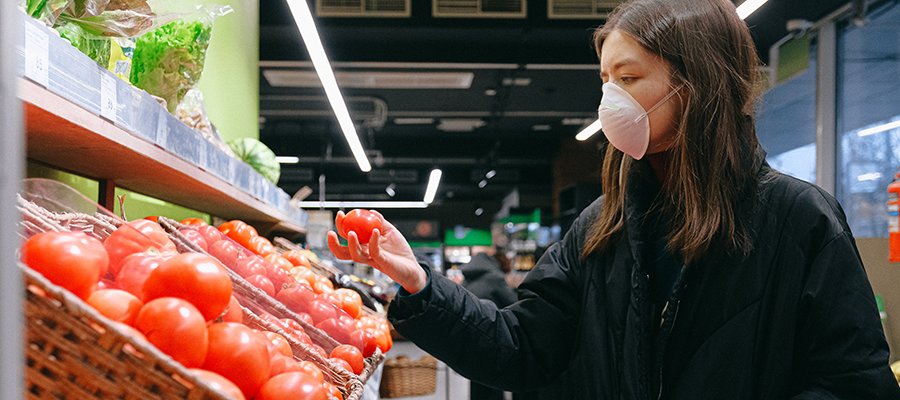The team, made up of researchers from nine institutions and led by Dr. Akihiro Nishi, a UCLA Fielding School of Public Health (UCLA FSPH) assistant professor of epidemiology, put forward two concepts that Nishi describes as rationing time and rationing capacity.
“Although lockdown and safer at home policies have been shown to be effective in lowering the number of cases and deaths due to COVID-19, governments in many countries are confronted by significant political, economic and social pressure to reopen their economies,” Nishi said. “This research provides a basis for real-world policies that — if strictly managed and maintained — could accomplish that goal, while keeping people as safe as possible.”
The research was published Nov. 11 in the peer-reviewed Proceedings of the National Academy of Sciences.
The team used simulations for the numbers of people who would be susceptible or exposed to the virus, infectious or recovered — what the researchers call an SEIR model — to determine the likely effects of various strategies.
“In the simulations, we assumed that people engaged in group activities in multiple sectors, including going to work or going to a local grocery store, where they interacted with others in the same group and potentially became infected,” said study co-author Sage Iwamoto of the University of California, Berkeley.
In the first strategy, each group of people who intend to do any given activity — whether it’s students attending a school, shoppers going into a store or workers going to an office — would be divided into two subgroups, meaning that a group of customers could only go to the grocery store in the morning, while another group of customers could only go in the afternoon. In the second strategy, the number of group members across different groups are balanced within the same sector, meaning, for example, every grocery store had the same number of customers.
Researchers tested the strategies by designing a computer model of their impact in a “virtual” version of the real city of Sierra Madre, California, a suburb of Pasadena, 13 miles from downtown Los Angeles. Although Sierra Madre is a largely residential community, it has a wide mix of institutions where people congregate: 1,812 businesses, eight grocery stores, 21 educational institutions, 30 medical and dental clinics, and 22 restaurants and cafés, according to the U.S. Census Bureau.
“The simulation results show that the ‘dividing groups’ strategy substantially reduces transmission,” said study co-author Dr. Akira Endo of the London School of Hygiene and Tropical Medicine. “And the joint implementation of the two strategies — dividing and balancing — could effectively bring the spread of transmission under control.”
The researchers stressed that both strategies would require active management, which would require public resources, as well as additional space in schools and other public facilities, and businesses accepting reductions in their business hours and customer capacity. They also acknowledged that real-world conditions would disturb some of the conditions they used in the computer modeling.
“One of the critical considerations for implementing either of these network intervention strategies is the public’s acceptance of these methods,” Nishi said. “And people in the real world may not be very consistent or rational.”
But Nishi said communities and societies have changed their behavior in response to previous crises, such as war, natural disasters, famines or economic crises.
“In 1973, gasoline was scarce and rationing strategies were implemented, and people accepted them,” Nishi said. “Historically, people in the U.S. and other countries have accepted such strategies, which restrict individual freedoms in the face of an economic or social crisis, for the common good.”
Financial Support: Support for the research was provided by a grant from the UCLA Fielding School of Public Health High-Impact Data Initiative, and by the Nakajima Foundation and the Alan Turing Institute, the National Institute on Drug Abuse, the National Institute of Mental Health, the National Institute of Allergy and Infectious Diseases, the National Center for Complementary and Alternative Medicine, and the Science Foundation Ireland.
Data Availability Statement: All relevant data will be available through the UCLA FSPH Public Data Portal (https://publicdata.ph.ucla.edu/pages/)
Citation: Nishi, Akihiro, et al (2020) Network Interventions for Managing the COVID-19 Pandemic and Sustaining Economy, Proceedings of the National Academy of Sciences (PNAS).


